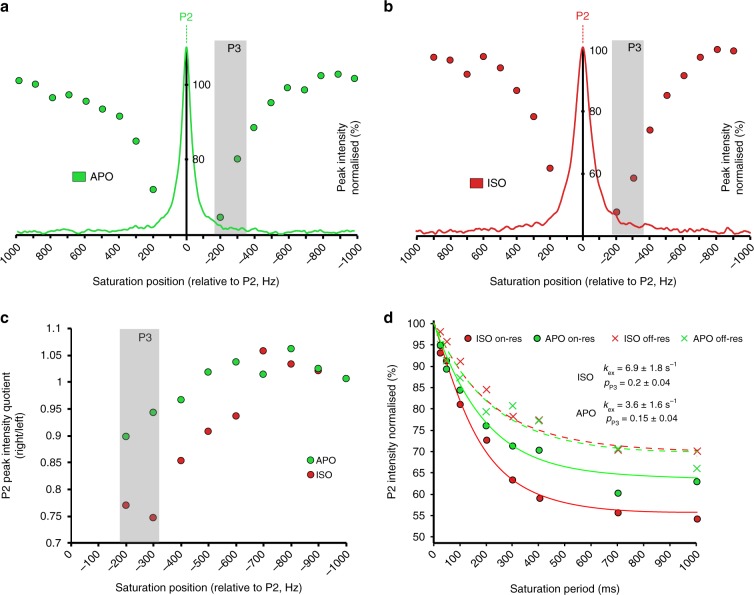Fig. 3. 19F saturation transfer experiments of TETC344 on TM7.
The experiments identify a low populated signal P3 that is in slow exchange with P2. The offset dependence of saturation for (a) the apo receptor (green), and (b) β1AR bound to isoprenaline (red) is probed in increments of 100 Hz. c Peak intensity ratios from pairwise experiments with saturation at symmetrical offsets reveal a maximal response at −300 Hz relative to the corresponding P2 signal (grey box). The response to saturation increases from the apo form to isoprenaline bound receptor. d Saturation time course for apo receptor (green) and β1AR bound to isoprenaline (red) with the irradiation field (field strength 25 Hz) in the on-resonance experiment (circles) applied at the position of P3, i.e. −300 Hz from P2. For the off-resonance reference experiment (crosses) saturation was applied at +300 Hz from P2. Best fits for the signal decays are shown by lines with values for kex and pP3 extracted from simultaneous fits indicated for isoprenaline bound receptor as well as the apo form.

